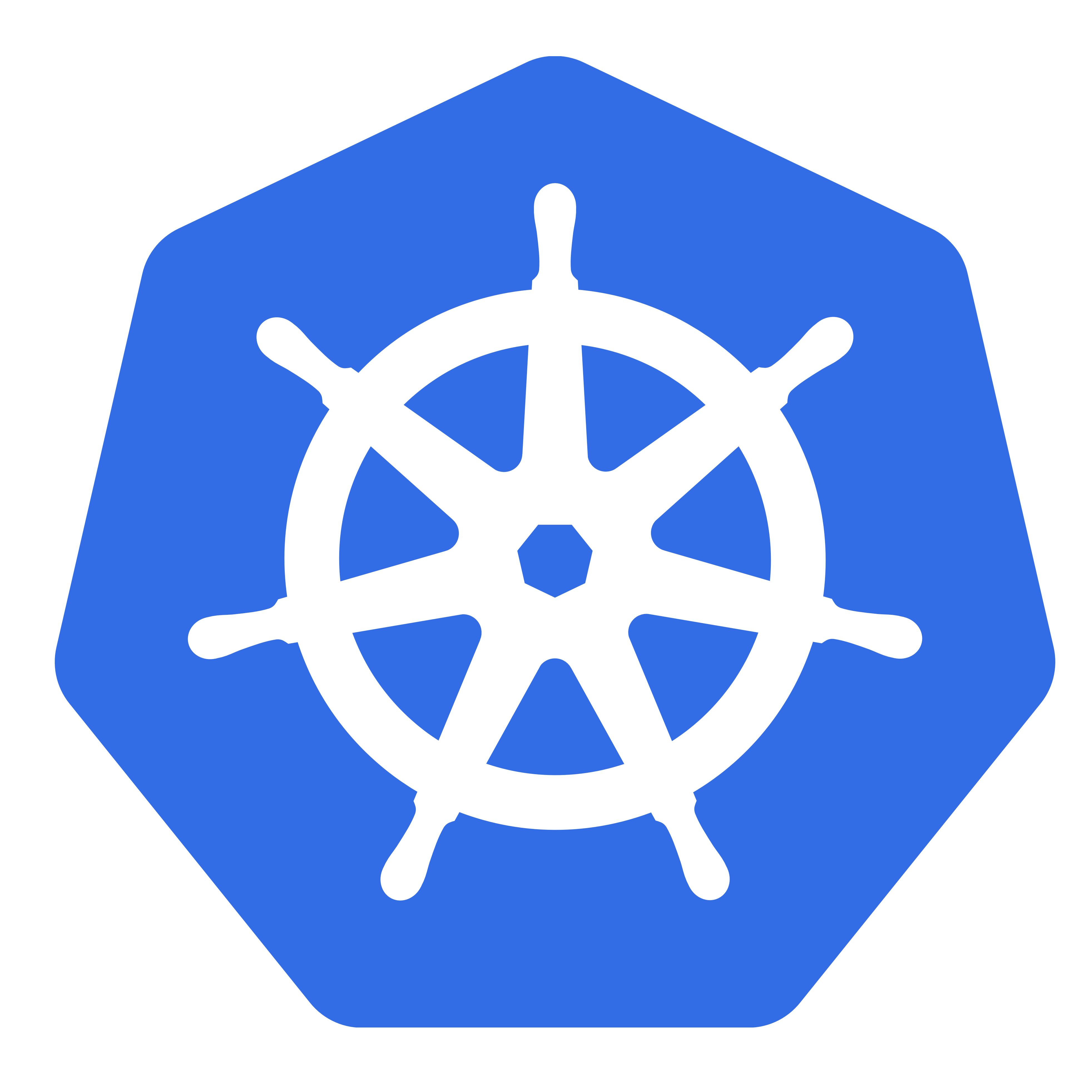- 22 Posts
- 110 Comments
Yeah, might have a bit toooo much sucre :D
Thanks, but I just enjoy cooking, it relaxes me after a 10h+ day of work. I don’t think I will be able to do it professionally, I’m neurodivergent… Plus, I think I like computers better :)

 3·10 hours ago
3·10 hours agoThank you!
i’m the only home cook in the family, but looks like my son is picking up on baking.
the band is for rock im park, i was there on saturday. there’s still some money left on the chip, so i keep it on as a reminder to ask for the refund :)

 1·15 hours ago
1·15 hours agoHeh, nah man, just cooking for the kids. I learned that presentation helps, makes things somehow taste better, or so they say :) who else got kids asking for extra salad?

 2·15 hours ago
2·15 hours agoThat’s actually really cool, thank you!

 3·2 days ago
3·2 days agoansible can seem like just a fancy way to run shell scripts with extra syntax, but the real power shows up when you start managing more than one machine or need repeatable, “idempotent” (i love this word) setups. ansible handles state rather than just running commands, so you can describe what you want instead of how to do it step by step. it’s also easier to maintain over time, especially if your setup grows or changes. just add that new vm to the inventory list.
if you’re already comfortable with shell scripts and just want to get a few vms going, you could totally get by without ansible. but if you’re planning to do this more than once, or want to be able to rebuild things cleanly, it’s worth it, imo. it could save you a lot of headaches later on.
i use it at work, i manage about 40 vms in our pre-production environment with ansible. if i need to install a new package on all, it’s one line and one command (ran in a pipeline). if i need to change the settings for
unattended-upgradeson the debian machines only, same thing.however, our “production” environment is k8s and a handful of external services, and we use terraform to manage all that.
i guess it all depends on your needs.

 10·8 days ago
10·8 days agoGive easyeffects a try.
Oversimplifying it, Ansible playbooks are nothing more than some commands that should be run on a remote machine via ssh. Ansible knows or has modules for a variety of different package managers (apt, yum, etc) and automagically knows how to handle services or various config files.
It can get complex, but I think just the startup phase, until you have an inventory of remote machines, the ssh keys are in place, etc. I second the Jeff Geerling recommendation, his stuff is solid, both ready to use playbooks, and tutorials.
I would suggest to also look into
cloudinit. Makes setting up VMs on proxmox easier, faster, more consistent, with users, networking, ssh keys, etc ready to use (by you or by Ansible).

 17·13 days ago
17·13 days agoFfmpeg is totally capable of doing this. Something like
ffmpeg -i in.mkv -vf "crop=width:height:x:y" out.mkvmight work. You would need to specify the crop area (x:y), which you can get with ffmpeg’scropdetect. Here’s an article about it. To automate this, I would use a for loop in a shell script, for more control, or just a one liner if width, height and x:y are the same for all:for file in *.mkv; do ffmpeg -i "${file}" -vf "crop=width:height:x:y" "cropped_${file}"; done
I use vscode (vscodium actually) for my daily tasks, so I use it to keep notes as well. I started using Dendron for a bit of note management, and I push them to my git server from time to time.

 3·1 month ago
3·1 month agoYeah, I think coredns offers all the options you need.

 41·1 month ago
41·1 month agoThis is like the Apple Business website, which only works in Safari, according to them. Used the User-Agent Switcher plugin, and the website/dashboard works just fine on Firefox in Linux.

 43·2 months ago
43·2 months agoThis is a great addition to my home-lab, no more “free online convert” tools needed.

 1·2 months ago
1·2 months agoI agree with you, but this was specifically about jellyfin.

 1·2 months ago
1·2 months agoI don’t think so, but don’t quote me on that. My machines come with a 65w charger.

 2·2 months ago
2·2 months agoA micro sized PC with an i5 and 8gb or ram can cost under 100€, and it’s way more powerful compared to a pi. Power efficient too. That’s what I used for a long time for my jellyfin server.
I personally use my home lab to test and learn, and I try to mimic a corporate environment. I have multiple instances of DNS, proxy, etc and I have a “prod” and a separate “staging” k8s environment. I try as much as possible, without going nuts about it, to update and try new changes that might be breaking in the staging cluster.



Thank you, I know, but I did think about it at one point :) I even volunteered for a non-profit kitchen, cooking for the community elders, but I struggled with going through the onboarding process 🫣